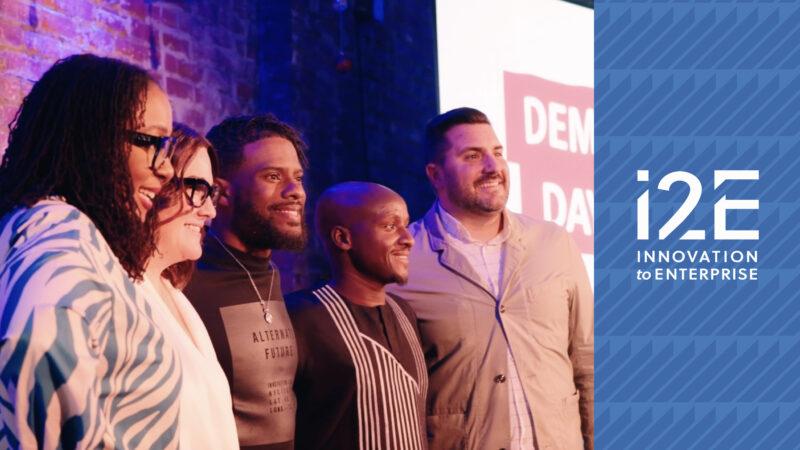By Scott Meacham
Continuing the quest of gathering opinions from leaders and influencers across Oklahoma on the topic of “first the pandemic and then what,” I turned to Walt Duncan, president of Duncan Oil Properties, Inc., a long-standing, privately held oil and gas exploration and production company.
“The declines that we saw in April and May were unprecedented,” said Duncan. “For the first time ever, we saw a drop in demand of 30 percent; that’s 30 million barrels a day. This loss was instantaneous. Oil was at a negative price point for a day. That was fantastic in a fantastically bad way.”
Oil and gas production is generally set to run at a pace that doesn’t usually require a lot of throttling up or down. Duncan says that the pandemic shocks to the industry and the extreme drop in demand will likely push full recovery for the industry out 48 months or more. Multiple factors influence his outlook.
“The biggest part of this business,” he said, “is recycling cash flow into development of new reserves. For the last couple of months, revenues are down 75 percent. As short-term costs are fixed and there are only a couple of levers to pull to try and change the cost structure, the industry can’t drive cost down in proportion to a move in revenue like we have recently seen.”
So what does that portend for the next 36 months for the industry?
“The industry needs stability in demand and some growth back toward worldwide demand of $50 to $55 per barrel,” Duncan said. “Until we have that, the drilling economics are not there. Companies can work on field redevelopment and all kinds of small workover projects. They can improve production of existing wells and complete wells in zones not developed, but they will stop developing new reserves, and you have to put capital to work, just to stay even.”
And it is not just oil and gas producers, companies that provide services to the industry — drilling contractors, cement companies, and pressure pumping services, for example, are also hurt.
“Our service providers are partners to us,” said Duncan. “They cannot do well if the upstream producer is not doing well. This downturn has been so bad that I am concerned that even when we get an uptick in demand and prices stabilize, at least in the short term, it will be harder to get people back into the industry.”
He expects oil and gas firms to reassess acquisition strategies. Companies appear to be holding off on restructuring bonds as make whole provisions could cause acquirers to pay off existing bond holders as assets wouldn’t cover those payments. “There is starting to be turnover, but not as much as many normally thought,” he said.
“We are now seeing some bank/lender driven assets sales,” Duncan said, “but the private equity model of buying a small company, drilling a handful of wells to prove the concept, and then selling at a profit is dead. It requires an exit, and there are no exits. It will be a long time before that model comes back.”
Post- pandemic the oil and gas industry is going to be smaller, but even so, energy usage is fundamental to our quality of life. “They are one to one correlated,” Duncan said. “The U.S. has begun to develop a healthy liquified natural gas export capability. Natural gas is clean and efficient, and the U.S. has a glut. I personally think that China, Japan and other Asian economies and even European countries could be huge markets for liquified natural gas.”
For Oklahoma and the state’s dominant industry that’s a positive note.
Scott Meacham is president and CEO of i2E Inc., a nonprofit corporation that mentors many of the state’s technology-based startup companies. i2E receives state appropriations from the Oklahoma Center for the Advancement of Science and Technology. Contact Meacham at [email protected].








